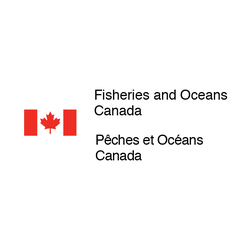
Closed
Aquatic Invasive Species Prevention Fund
Last Update: October 27, 2025
Canada
Supports prevention and management of aquatic invasive species
Grant and Funding
At a glance
Funding available
Financing goals
No objectives are currently available
Eligible Funding
- Maximum amount : 250,000 $
Timeline
- Receipt of requests is now closed
Eligible candidates
Eligible Industries
- Agriculture, forestry, fishing and hunting
- Professional, scientific and technical services
- Educational services
- Other services (except public administration)
- Public administration
Location
- Canada
Legal structures
- Financial cooperative
- Non-profit
- Public or Parapublic institution
- For-profit business
- Non-financial cooperative
Annual revenue
- All revenue ranges
Organisation size
- 500 employees maximum
Audience
- Indigenous Peoples
- Canadians
- Youth (<40)
Non-profit candidates
Sector of operation
- Research
- Environment
- Animal Protection
- Economic, Social and Community Development
- Diversity and Inclusion
Target group
- General public
- Indigenous peoples
- Rural / Remote communities
- Nonprofits / charities
Revenue structure
- All structures
Scope
- Regional
- Provincial
- National
- International
Overview
The Aquatic Invasive Species Prevention Fund provides up to $250,000 per year for projects aimed at preventing the introduction and spread of aquatic invasive species in Canada. Eligible activities include awareness campaigns, early detection, rapid response, control and management, research, and small-scale intervention efforts.
Activities funded
- Awareness and education initiatives to inform the public about aquatic invasive species and promote prevention practices.
- Citizen science and rapid detection projects to identify new introductions of aquatic invasive species.
- Small-scale response actions aimed at containing and eradicating recently detected invasive species.
- Prevention projects focused on stopping the introduction and spread of aquatic invasive species (e.g., boat cleaning stations, removal of biofouling).
- Applied research to develop or test tools that enhance field prevention and rapid detection of aquatic invasive species.
Eligibility
- The applicant must be a Canadian organization, such as an Indigenous organization, non-profit, charitable group, academic institution, industry association, small business with fewer than 500 employees, or a municipal/local administration or their agency.
- The project must address the prevention, detection, or management of aquatic invasive species.
- The applicant's activities must align with eligible project types, such as awareness, early detection, rapid response, small-scale intervention, or research related to aquatic invasive species.
- The proposal must demonstrate alignment with the program's objectives and national or regional priorities.
Who is eligible?
- Indigenous organizations, councils, and communities
- Non-profit organizations
- Charitable organizations
- Academic and research institutions
- For-profit organizations (including small businesses with fewer than 500 employees)
- Industry associations
- Municipal or local administrations and their agencies
Who is not eligible
- Individuals (not businesses or organizations)
- Non-Canadian organizations
- Provincial and territorial governments
- Federal government departments, agencies, and Crown corporations
Eligible expenses
- Expenses related to awareness and education activities, including materials and training sessions on aquatic invasive species prevention.
- Costs for rapid detection and sampling, such as DNA sampling materials, field equipment, and use of boats, drones, or underwater cameras.
- Expenses associated with small-scale intervention following new invasions, including planning, coordination, and containment or removal of invasive species (manual, mechanical, trapping, or netting methods).
- Costs for establishing and operating boat cleaning stations and removing biofouling from boats and port structures.
- Expenses for applying anti-fouling paint on relevant structures.
- Expenditures related to short-term control and management of invasive species at an established site, including removal or containment.
- Research costs aimed at developing prevention, detection, identification, intervention, and control tools specific to aquatic invasive species.
Eligible geographic areas
- Gulf Region (New Brunswick and Prince Edward Island)
- Maritimes Region (Nova Scotia)
- Newfoundland and Labrador Region
- Ontario and Prairie Region (Alberta, Manitoba, Ontario, Saskatchewan)
- Québec Region
- Pacific Region (British Columbia and Yukon)
Selection criteria
- Project aligns with national and regional priorities of the program.
- Project is well-planned, clearly articulated, and feasible (ability to begin and complete the project successfully).
- Environmental benefits resulting from the project.
- Project involves multiple partners.
- Potential for long-term impact after funding ends.
How to apply
1
Review grant priorities
- Review the program’s priorities, including national and regional focuses
- Ensure the project aligns with preferred areas such as education, early detection, indigenous involvement, or habitat conservation
2
Confirm eligibility
- Check if your organization is eligible for funding
- Ensure you are not in an excluded category, such as individuals, non-Canadian organizations, or government bodies
3
Define eligible project activities
- Determine which activities your project will undertake from the list of eligible activities
- Ensure your project does not include any non-eligible activities or exceed financial/duration limits
4
Prepare and finalize proposal
- Prepare your project proposal including required plans (project, sampling, training, etc.)
- Gather letters of support and demonstrate alignment with program goals, priorities, and criteria
5
Submit application
- Submit your proposal to the designated regional coordinator before the application deadline
- Ensure all required documentation is included
6
Await evaluation and decision
- Receive confirmation of application receipt within 5 business days
- Wait for evaluation and funding decision
7
Negotiate agreement and start project
- If approved, negotiate and sign an official contribution agreement
- Begin project implementation by the required start date
Additional information
- An official contribution agreement must be signed before any funds are disbursed.
- Notifications concerning funding decisions will be sent to all applicants no later than December 14, 2023.
- Applicants may request feedback on rejected proposals from regional programme coordinators.
- Selected projects must be implemented no later than April 1, 2024.
Apply to this program
Frequently Asked Questions about the Aquatic Invasive Species Prevention Fund Program
Here are answers to the most common questions about the Aquatic Invasive Species Prevention Fund. This section explains what the program is, how much funding is available, eligibility requirements, application deadlines, and other important details to help you determine if this grant is right for your business.
What is the Aquatic Invasive Species Prevention Fund?
How much funding can be received?
What expenses are eligible under Aquatic Invasive Species Prevention Fund?
What is the deadline to apply?
Is the Aquatic Invasive Species Prevention Fund a grant, loan, or tax credit?
Who are the financial supporters of the Aquatic Invasive Species Prevention Fund?
Who is eligible for the Aquatic Invasive Species Prevention Fund program?
Who can I contact for more information about the Aquatic Invasive Species Prevention Fund?
Where is the Aquatic Invasive Species Prevention Fund available?
Are youth (under 40) eligible for the Aquatic Invasive Species Prevention Fund program?
Are Indigenous Peoples eligible for the Aquatic Invasive Species Prevention Fund program?
Apply to this program
More programs like this
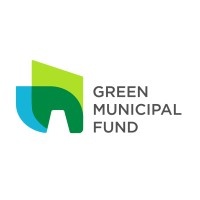
Grant and FundingLoans and Capital investmentsOpen
Capital project: Community Energy Systems
Green Municipal Fund (GMF)Funding to build and deploy renewable community energy systems
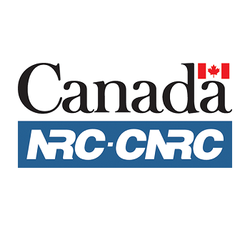
Grant and FundingClosed
Industrial Research Assistance Program (IRAP) – AI Assist
National Research Council Canada (NRC)Supports Canadian SMEs in adopting and integrating advanced AI solutions
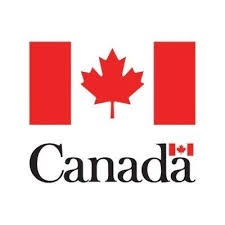
Grant and FundingClosed
Canada Public Transit Fund
Housing, Infrastructure and Communities CanadaSupports long-term public transit and active transportation infrastructure development

Wage Subsidies And InternsOpen
Industrial Research Assistance Program (IRAP) — Youth Employment Program (YEP)
National Research Council Canada (NRC)Money to hire a student

Researchers And FacilitiesPartnering and CollaborationWage Subsidies And InternsOpen
Mitacs Accelerate
MitacsConnect organizations with academia for research and innovation collaboration
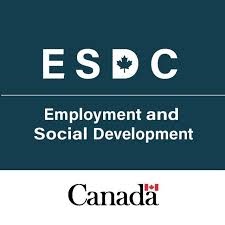
Grant and FundingClosed
Canada Service Corps – Service Placements Regional Stream
Employment and Social Development Canada (ESDC)Funding for organizations to develop youth volunteer service placements
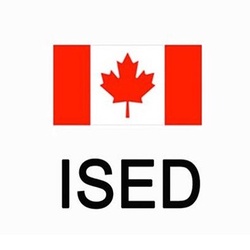
Closed
ISED — Artificial intelligence (AI)
Innovation, Science and Economic Development Canada (ISED)Supports testing innovative AI prototypes for Canadian government needs

Grant and FundingOpen
Global Innovation Clusters
Innovation CanadaFinancial assistance to work in collaboration on innovation projects
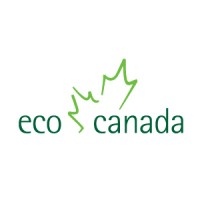
Wage Subsidies And InternsOpen
ECO Canada — Student Work Placement Program
ECO CanadaMoney to hire students for an environmental co-op
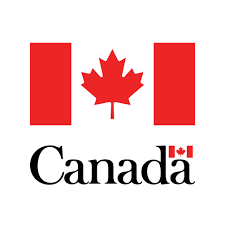
Grant and FundingOpen
IP for Business
Canadian Intellectual Property Office (CIPO)Intellectual property training, tools and expertise
Sign up to our platform to access the Aquatic Invasive Species Prevention Fund information sheet for free
Get access to 4,000+ programs, practical guides, personalized alerts, and an AI assistant to support your grant applications.